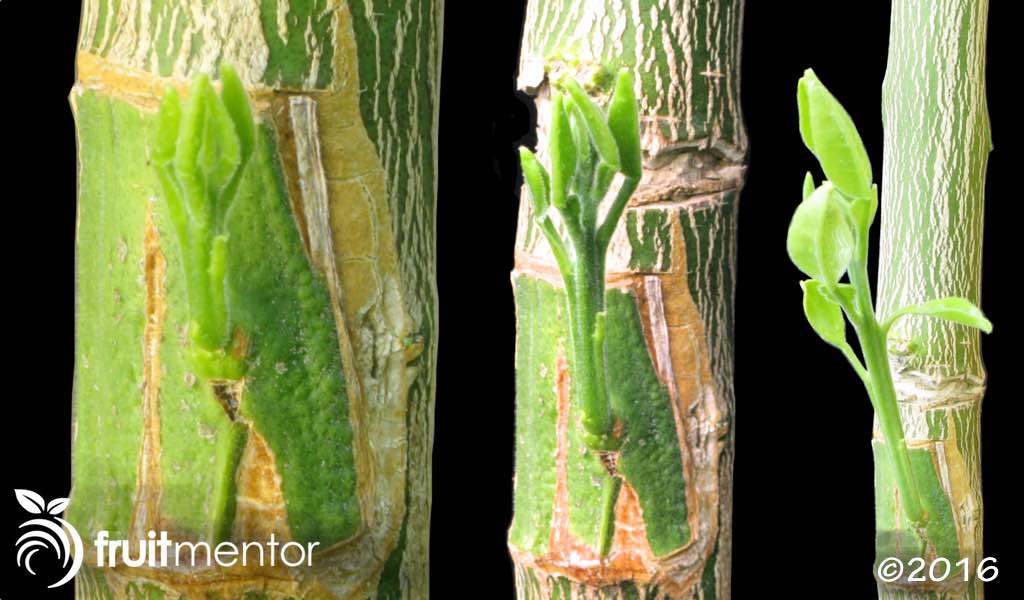Steps Of Patch Budding
Grafting and budding techniques combine the science and the. Similar to patch budding but the patch of bark that is removed from the stem of a rootstock almost. This will illustrate us how to Patch budding pecans. Here are the following steps.Step 1: First of all we have to see whether the right season is there or not that.

The tree produces a fruit known as a pecan. We often refer to a pecan as a nut but in technical terms it doesn’t meet the criteria to be considered a true nut. Instead a pecan is a drupe. Tridev 1989 Full Movie. A drupe is the fruit of a tree that has a single stone or pit, engulfed by a husk. This husk will start out as a green color and turn brown when full maturity is reached. When maturity is reached the outer husk will split and release the thin-shelled nut. At this point, we can harvest the pecans for consumption.
They are known to have a rich, buttery flavor. This buttery f lavor nut is most often used in desert dishes.
Pecans were not always domesticated; as a matter of fact it is one of the most recently domesticated major crops. Today the leading pecan producing states are Georgia, Texas, New Mexico and Oklahoma. Since they have become such a commodity, grafting has come into play to keep up with high quality production. It is well known that pecans grown from seed are not true to type. Talpac Runge Software. What does this exactly mean, well a nut produced by a given variety will not produce a tree identical to the parent when planted. Each tree will be different and thus yield different pecan qualities.
Therefore, in order to propagate a tree of a given variety the most true to type and most effi ciently, shoots or buds from a parent tree must be grafted onto a seedling rootstock. When this occurs, then persistent pecans be created. Pecan Tree Propagation Methods: Cuttings - This method is not very effective, as it often takes a lot of time. Success rates aren’t as high either as a pecan is a difficult to root species. Cuttings taken in fall and 10,000 ppm IBA used. Seeds- This method is alright to use if you just want it for the tree aesthetics and not specifically the high quality nuts.
Trees planted with this method result in pecan quality that will be different from that of the parent plan t from which it derived. This method also takes to much time to reach full production of pecans. Grafting/Budding- This is the most common method used. It enables you to obtain trees and fruit true to that of the high quality parent plant. This is the method used for pecan production farms.There are several ways to graft and bud pecan trees. S ome of these methods in clude bark, cleft, whip and t ongue, and patch bud ding. Patch budding is what is most frequently used.
Micro-propagation- shoots of seedlings have been propagated this way and rooted ex vitro. Reasons for the Purpose of Grafting: Grafting/ Budding is the idea of taking one plant part and combining it with another plant part to make one unified plant. With time the plants will learn to grow united as one plant. The major purpose behind grafting is to multiply plants rapidly and that are identical or true to type of the parent plant. Although other methods may seem easier, many fruit and nut bearing trees need to use the budding or grafting method in order to maintain high quality plants. Specific to the pecan tree, cross pollination of the tree will seldom maintain and carry over desirable traits to the offspring.